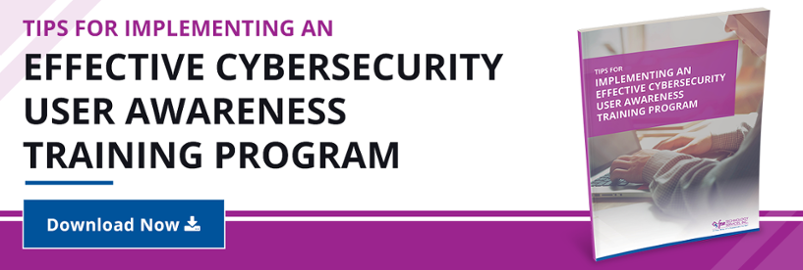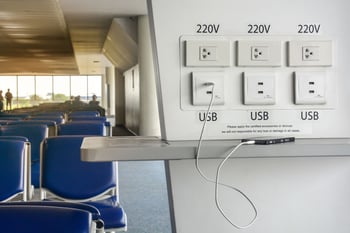I think we'd all agree that technology can have a make or break impact on a business. Great technology can lead to more streamlined processes, more efficient output, and faster execution - which only leads to increased profitability. At the same time, poorly implemented technology can lead to frustration, poor performance, and security breaches, let alone a negative impact on the bottom line.
Despite businesses becoming more and more adept and knowledgeable around their technology, we still see way too many making some of the same old mistakes.
Here are 5 of the most common mistakes we're still seeing these days...
1. antiquated hardware & software
Older, obsolete hardware and software lead to less efficient output and can add to technical support costs. What’s worse is when businesses don't standardize the systems and software they have in place. This leads to a combination of various components that are at different life cycle stages, creating incompatibilities, increasing support costs, and reducing staff productivity. All of which negatively impact the bottom line.
2. GOING CHEAP
As the saying goes, you get what you pay for. Although it may feel like you're saving money in the short run relying on cheaper technology, in the long run your business will end up losing money - and usually more than what you think you've saved! We believe, the best way to future proof your technology is to invest a little more in getting the right equipment for the job. This doesn't necessarily mean always going for the top of the line. What it does mean is it's more than worth it to pay for business level components rather than personal or home office versions.
3. POOR POWER PROTECTION
Power surges, spikes, or sags can have a debilitating impact on your computers and related network devices potentially causing downtime that could range from a few hours or a few days to correct. These power problems can lead to shortened lifespans for the computers, network components, printers, and other electronic devices.
When using a simple power strip, the business is vulnerable to problems. Businesses should utilize proper surge protection equipment from trusted sources and replace these units every few years to ensure proper upkeep.
As for servers, not only should they be protected by a UPS (Uninterruptible Power Supply), but they should also be configured for "graceful shutdown." I don't know how many times we've met with a new, prospective client and have seen them without this. This capability comes built in to all server UPSes and the related software is free - all it takes is a little time and care to set it up.
4. POOR BACKUP PROTECTION
Whether in Los Angeles, or anywhere, having inadequate backup technology in place can have a devastating impact for your business. Whether it’s due to a system failure or some other event, having systems go down without recent backups can result in massive data loss.
Now a days, there's no excuse for NOT being protected by an automated and fully comprehensive onsite and offsite (cloud hosted) backup solution.
5. Cybersecurity failures
Viruses, spyware, ransomware, hacking, CEO fraud, phishing emails, and data theft. The list could go on and on. These are all real risks that can cripple a business at a moment’s notice. These days, businesses need to make cybersecurity a key component of their technology plan and a high priority one at that. You should carefully protect every piece of equipment connected to your network.
Basic protection includes implementing complex passwords, installing and maintaining antivirus software and malware protection, locking down desktops, removing the administrator password from general access, and implementing security best practices - including cybersecurity user awareness training. You should also get in the habit of reevaluate your security policies and procedures at least annually to review, adjust, and make any necessary upgrades or changes.
now what?
These are but five common pitfalls which can easily be avoided. And more often than not, this comes back to how you're approaching your IT as well as how well the IT company you've partnered with rung things for you.
Are you approaching your technology like the key component of your business' success that it is? Is your IT company proactively working with you to build out and implement an ongoing, strategic and comprehensive technology plan? The proper approach to running your IT is WAY more than just fix things when they're broken and keep things working when they're not. It's a key component of your business' success and should be run accordingly - ie: with a holistic, strategic approach. And don't get me wrong - this can all be done cost effectively! What's costly is NOT doing things this way.
What other mistakes have you seen when it comes to technology? Please share your thoughts in the Comments section below, or send me an email to continue this conversation more in-depth.
/fpa-logo-tagline.gif)







